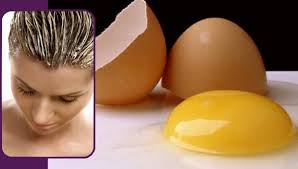Throughout Penn State there are many wall distributors of hand sanitizer in order to decrease the amount of germs that are spreading from person to person. I know there are especially a few outside and inside the commons so that we can use them before and after eating. The presence of hand sanitizer is becoming more and more popular throughout all different  schools, especially elementary schools. But, are they making any difference in the amount of germs that are spreading from person to person and how effective are they?
schools, especially elementary schools. But, are they making any difference in the amount of germs that are spreading from person to person and how effective are they?
To be considered an effective germ killer, hand sanitizer must have certain qualities. First, it should include ethyl alcohol. According to UCSB Science Line, ethyl alcohol, “kills bacteria mainly through 2 mechanisms: protein denaturation and dissolving the lipid membrane”. But having this chemical isn’t enough. According to studies the product should have at least 60 percent
alcohol in order to kill most of the germs. Also, how you apply the hand sanitizer can make a big difference in the amount of germs that are killed. You should make sure that you keep every  part of your hand, including the back and wrist. Also, you should take off all hand jewelry before applying it in order to insure that no spot lacked the sanitizer.
part of your hand, including the back and wrist. Also, you should take off all hand jewelry before applying it in order to insure that no spot lacked the sanitizer.
As stated about in order to kill bacteria and germs most efficiently, the product should have a minimum of 60% alcohol. The reason for this is because the higher the concentration of alcohol to more likely the hand sanitizer is to work equally well for all classes of germs. Also, some germs are able to develop resistance to the sanitizing agent, so a higher concentration of alcohol, decreases the likeliness of this. The higher alcohol content can also reduce the growth of germs rather than solely kill them. With all this in mind, it is important to make sure that the hand sanitizer contains moisturizers that will reduce the likeliness of skin irritation and dryness.
Many experiments have been done throughout the years to decide the effectiveness of using hand sanitizers, especially in schools. Scientist, Brain Hammond, and his collogues did an observational experiment to decided if there was a correlation between hand sanitizer use and 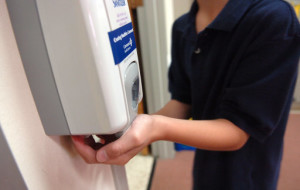 elementary school absenteeism. To conduct the study, they observed 5 individual school districts, 16 individual schools, and more than 6000 students in Delaware, Ohio, Tennessee, and California. Overall this was a very reliable, large sample group, especially since the states were all at different regions. It minimizes the chance that there was a third variable involved with the conclusion. To do the experiment, each school in ach district was assigned a product or no product. The school with no product was the control group. Absenteeism due to infection was recorded and the reduction was concluded to be 19.8%. At the end of the experiment, they found that, “Elementary school absenteeism due to infection is significantly reduced when an alcohol gel hand sanitizer is used in the classroom as part of a hand hygiene program.”
elementary school absenteeism. To conduct the study, they observed 5 individual school districts, 16 individual schools, and more than 6000 students in Delaware, Ohio, Tennessee, and California. Overall this was a very reliable, large sample group, especially since the states were all at different regions. It minimizes the chance that there was a third variable involved with the conclusion. To do the experiment, each school in ach district was assigned a product or no product. The school with no product was the control group. Absenteeism due to infection was recorded and the reduction was concluded to be 19.8%. At the end of the experiment, they found that, “Elementary school absenteeism due to infection is significantly reduced when an alcohol gel hand sanitizer is used in the classroom as part of a hand hygiene program.”
Clearly, as shown by the observational study above, by applying hand sanitizer you are reducing the chance that you will get sick from bacteria. By watching the type of hand sanitizer you are purchasing, and applying it regularly, you are killing the germs and maybe even preventing further growth.





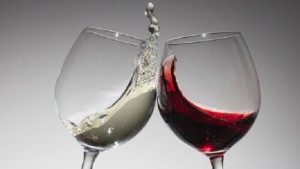











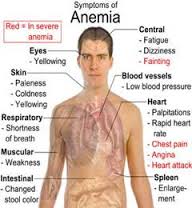

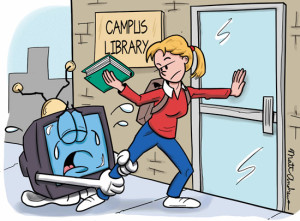


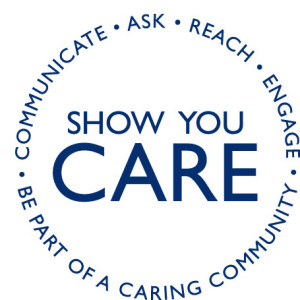

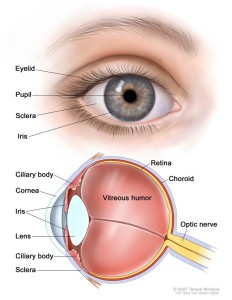
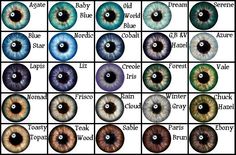



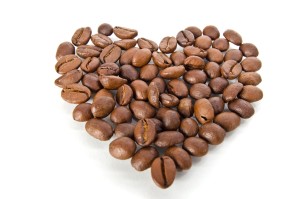







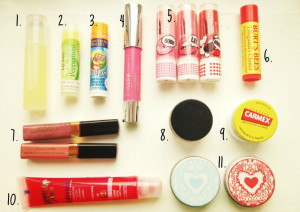






 . For example, for a red firework, you must mix strontium and lithium salts. Also, to make a blue firework, you must combine various copper chloride compounds. Other than red and blue fireworks can also emit orange, purple, yellow, and green light.
. For example, for a red firework, you must mix strontium and lithium salts. Also, to make a blue firework, you must combine various copper chloride compounds. Other than red and blue fireworks can also emit orange, purple, yellow, and green light. celebrities with many inches of hair, even in all different colors. But, how do they get their hair to grow so long? Are they using certain hair treatments? The questions of how their hair is so long and perfect goes beyond the basic excuse of “they must have extensions”, after all not all women do.
celebrities with many inches of hair, even in all different colors. But, how do they get their hair to grow so long? Are they using certain hair treatments? The questions of how their hair is so long and perfect goes beyond the basic excuse of “they must have extensions”, after all not all women do.